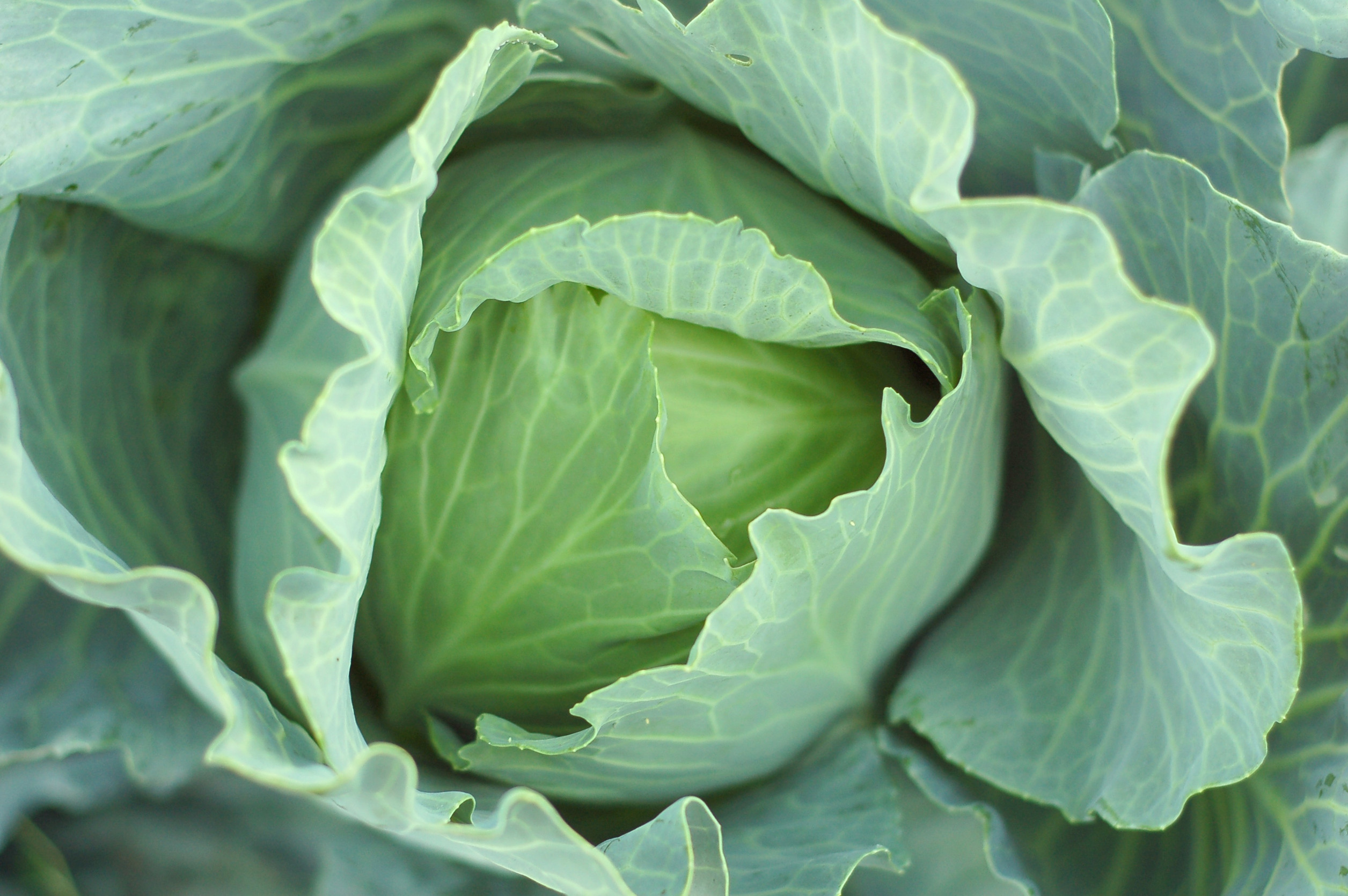
Image Source: 123rf.com
You wake up to a sparkling frost coating your garden, a glittering sign that winter has finally shown up for work. The grass crunches, the air bites, and your poor veggies look like they’ve been through an icy apocalypse.
But here’s the twist—some of those cold-bitten plants are actually sweeter because of the frost. It’s nature’s weirdest kitchen trick: the chill that ruins your windshield can turn certain vegetables into sugary delights overnight.
The Science Behind the Sweetness
When frost hits, most plants panic. The cold triggers a survival response, pushing them to protect their cells from freezing. To do that, certain vegetables—especially root crops and leafy greens—convert stored starches into sugars, which act like natural antifreeze. This chemical transformation helps prevent ice crystals from damaging plant tissues, while also giving you a tastier harvest. Essentially, frost is a stressor, and the plants’ sweet reaction is their defense mechanism—it’s survival with a side of flavor.
Why Carrots Love the Cold
Carrots are the poster child of frost-sweetened veggies. When the temperature drops, their starch reserves break down into glucose and fructose, giving that unmistakable sugary crunch. Gardeners often claim that the best-tasting carrots come after the first frost, and they’re absolutely right. The colder it gets (as long as the ground doesn’t freeze solid), the sweeter these orange roots become. So if you’ve ever wondered why your fall carrots taste like candy compared to summer ones, thank the cold snap, not the soil.
Kale’s Icy Secret Weapon
Kale might look like a tough green soldier, but frost brings out its tender, flavorful side. As temperatures drop, kale’s complex carbohydrates shift toward simple sugars, making it milder and less bitter. That’s why winter kale often tastes smoother, almost buttery, compared to its summer counterpart. Many chefs and gardeners deliberately leave kale in the garden through light frosts to enhance its taste naturally. Frost doesn’t kill kale—it elevates it, transforming a rugged green into something restaurant-worthy overnight.
The Sweet Side of Brussels Sprouts
Brussels sprouts have a reputation problem—they’ve long been the vegetable everyone claims to hate. But if you’ve ever tried them after a good frost, you know they taste completely different: sweeter, nuttier, and far less bitter. Like kale, frost triggers the conversion of starches into sugars, mellowing out their strong flavor. That’s why late-fall or early-winter harvests produce the most flavorful sprouts. Nature’s cold hand, it turns out, is the best seasoning of all.
Parsnips: Frost’s Favorite Root
Parsnips take frost-induced sweetness to the next level. These pale, carrot-like roots actually need frost to reach their full flavor potential. A few hard freezes transform their bland starchiness into a rich, almost dessert-like sweetness. Some gardeners even joke that parsnips taste like they’ve been dipped in honey after a cold spell. The key is timing—harvest them too early, and you miss the magic; wait until after the frost, and you’ll understand why this old-fashioned vegetable still has fans.
Beets: Earthy and Sweet After the Chill
Beets might not show it, but they secretly love the cold. When frost sets in, they ramp up sugar production to protect their juicy roots from freezing, which makes their earthy flavor far more balanced. This shift gives roasted beets that irresistible caramelized sweetness we all crave. Even beet greens benefit from a touch of frost, losing some of their bitterness and becoming more palatable. So if you’re planning a harvest, let Jack Frost have his way first—you’ll be rewarded.
Cabbage Gets Cozy in the Cold
Cabbage may not look delicate, but it performs beautifully under pressure—especially frosty pressure. When the cold hits, the dense leaves respond by producing more sugars, making the flavor surprisingly mild and crisp. This is why cabbage harvested in late fall or early winter tastes so good in slaws and soups. The frost acts like nature’s seasoning, softening its sharp edges without dulling its crunch. It’s a perfect example of how tough vegetables turn tender in the face of chill.

Image Source: 123rf.com
Can Frost Ruin Some Crops Instead?
Not every plant benefits from frost’s icy touch. Delicate vegetables like tomatoes, peppers, and beans can’t handle freezing temperatures—they collapse, wilt, and die almost immediately. Unlike root vegetables and cold-hardy greens, these plants lack the biological tools to transform starch into sugar fast enough to survive. So while carrots and kale thrive in the cold, your tomatoes are basically doomed the moment frost rolls in. Understanding which plants can handle a freeze (and which can’t) helps you plan smarter harvests and avoid heartbreak.
How Gardeners Use Frost to Their Advantage
Experienced gardeners treat frost like a secret weapon. Instead of panicking when the temperature drops, they strategically time their harvests to capture maximum sweetness. Some even use frost blankets or low tunnels to extend the season—keeping hardy vegetables in the ground long enough to develop that sugary edge. Others plant specific varieties known to thrive in cooler weather, planning their crops around the frost schedule. Once you understand how frost enhances flavor, it changes the way you think about your garden entirely.
Frost—The Secret Ingredient You Didn’t Expect
So, the next time frost decorates your backyard, don’t rush to cover every plant in sight. For certain vegetables, that icy coating is the final step toward perfection—a natural sweetener crafted by the cold itself. From carrots to kale to parsnips, frost can transform everyday produce into culinary treasures. It’s nature’s quiet reminder that sometimes, pressure (or in this case, freezing temperatures) brings out the best flavors.
Have you ever tasted the difference frost makes in your vegetables? Share your experiences, recipes, or frosty garden stories in the comments below.
You May Also Like…
- The Hidden Dangers of Overwatering in Cooler Months
- 7 Cover Crops Every Garden Needs This Season
- 9 Vegetables You Should Still Plant in October
- 14 Nutrient-Dense Vegetables to Grow in Your Garden
- 5 Fall Planting Mistakes That Kill Your Harvest
Leave a Reply